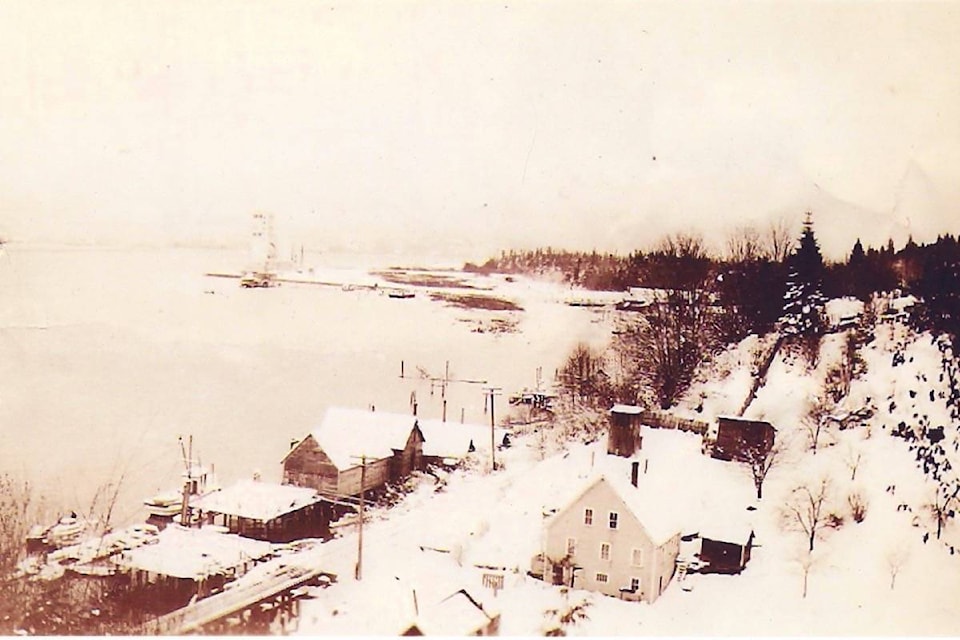Canada turns 150 years old this week. Celebrations of this milestone have been somewhat muted, when compared to the 100th anniversary in 1967 which captured the attention and interest of nearly all Canadians and many people in other countries.
It is worthwhile to remember what this country has achieved, look at where it is going and consider possible changes to make it better.
Surrey, Delta and White Rock have had significant moments in the past 150 years, and it’s worth remembering some of them.
In 1867, there were only a few people living in what are now these three communities. Most were First Nations people, who while nomadic at times, spent much time on or near the Fraser River or the ocean, the source of much of their food and their means of transportation.
These people had lived here for millennia. When newcomers of European background, who first came to this area as traders and later as gold miners, arrived on their shores, they were extended a hand of friendship. First Nations people often received nothing in return.
In the worst cases, promises were made which did not materialize, and First Nations people were deliberately made sick with diseases such as smallpox, which they had never encountered. This was both terribly contagious and deadly.
Unfortunately, this set up the current situation we are in, in terms of treaties, land use and living together peaceably. The Tsawwassen treaty, ratified in 2007, was a much-needed step in the right direction and the Tsawwassen First Nation in Delta has set an example for other First Nations clustered in the urban areas of B.C.
Surrey and Delta (White Rock didn’t become a separate city until 1957, when it seceded from Surrey) were both incorporated in 1879, eight years after the colony of B.C. became part of Canada. They were rural municipalities in every sense of the word, with very limited transportation and communication options. People lived on fertile land and fed themselves, but selling the products of their farms wasn’t simple. Others were loggers or fishermen.
Numerous roads and trails were built in the early days and these form the framework of the road network today. These included Scott Road, the Semiahmoo Trail, McLellan Road and Yale Road.
There were no bridges to New Westminster, the chief city on the mainland in 1879, or Vancouver, which first started to develop as a city in 1886. The first one was built between the Liverpool area (now Bridgeview) and New Westminster in 1904. It is still there today, used only by railways. At first it also had an upper deck for horses, buggies, farm wagons and the very occasional car.
Great Northern Railway’s decision to reroute its original line to a new one along the coast (it opened in 1909) led to the establishment of White Rock and Crescent Beach.
Roads were often poor until the 1940s. A new bridge, the Pattullo, opened in 1937 and served to bring people to Surrey in significant numbers. Delta had to wait to be connected with communities to the north until 1959, when the George Massey tunnel opened.
Since those connections opened, there has been almost continuous growth. It is far from over. Farming is still important, but in areas less suited for farming, development has been intense.
Surrey became a city in 1993, setting the stage for even more growth and for a change in attitude towards what many people in other areas had considered a sprawling and rambunctious non-entity.
The future is bright, but there is plenty of work to do to ensure that all residents can fully participate in all these communities have to offer.
Frank Bucholtz writes weekly for Black Press, as well as at frankbucholtz.blogspot.ca.
